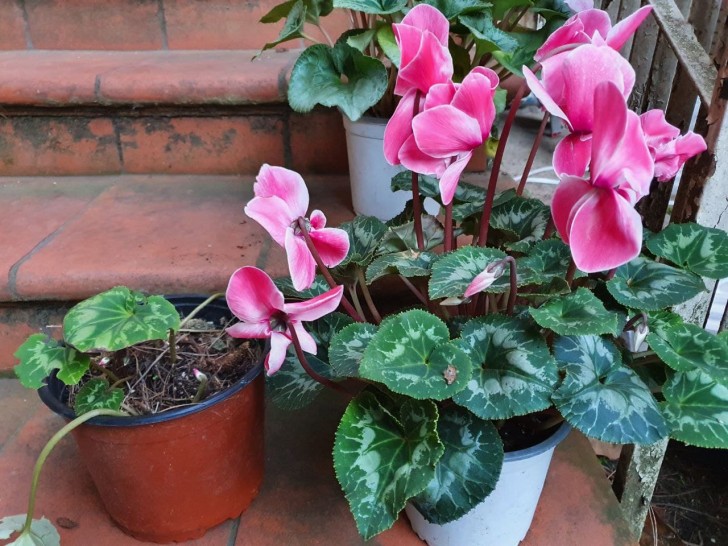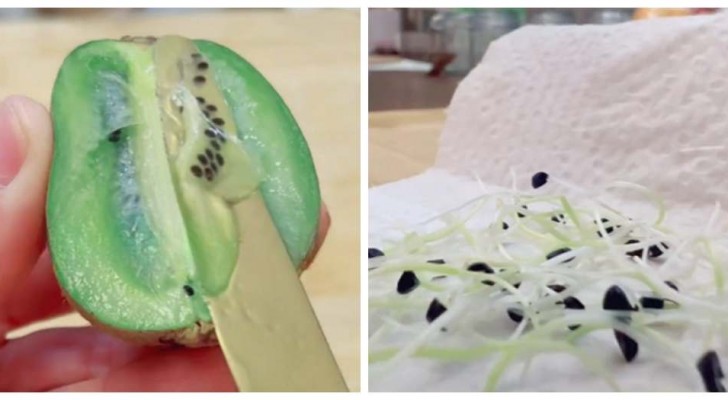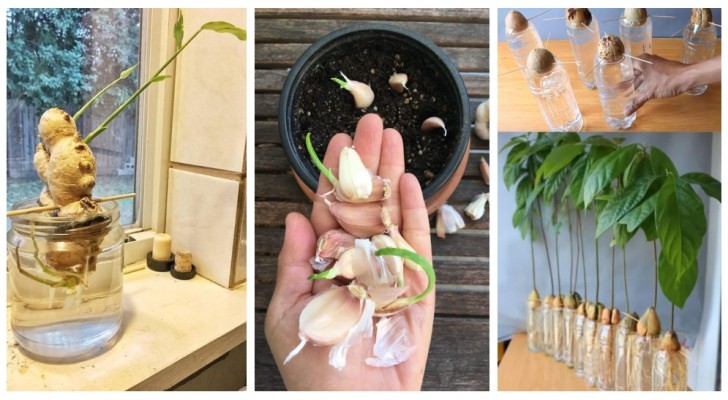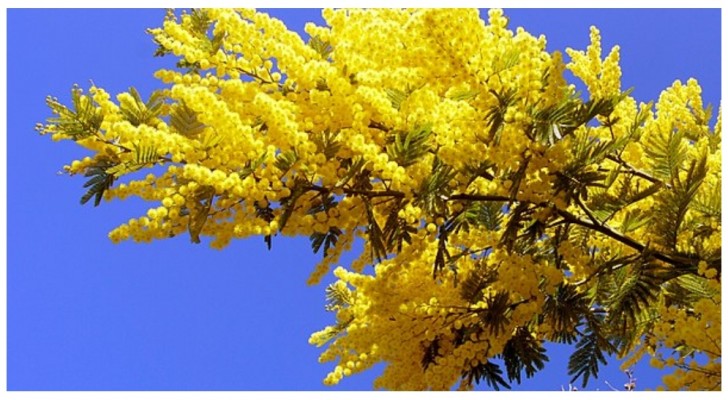Fill your house with cyclamens and discover how easy they are to cultivate by yourself

Cyclamens are absolutely enchanting plants: the most resistant and wild varieties paint the undergrowth with pink brushstrokes every autumn, and they are among the few truly brightly colored flowers that can be successfully grown even during winter. So, from the end of autumn and especially into the Christmas holidays, we discover many, red, white, pink and a thousand other shades of this plant, crowding the stalls of shops and markets and making a fine show of themselves at our homes.
If kept in the right way, the more robust plants can flower every year, so why not try to grow them and get yourself a multitude which can be admired or given away as gifts?

Creativo
There are at least twenty different species of cyclamen - all native to the Mediterranean region and which prefer mild temperatures in order to develop a truly luxuriant appearance. Of all these species, however, those commonly found in the marketplace are generally of two types: the most resistant (often called "rustic"), which survives even the cold; and the more delicate ones, so-called Persians, which we find in flower shops and which have larger flowers, and perhaps those from particular cultivars with petals of unusual shapes.
The rustic cyclamens are smaller and can be propagated by seed or by division of their bulbs, while the Persian cyclamen is more difficult to propagate.
Propagation by seed
The seeds should be kept in water for 24 hours before being placed in the ground. The best time to do this is spring, when daytime temperatures are around 10-12 degrees, but you will only get to see flowers in the following spring. If you want to speed things up, you can also start in winter so as to see flowers in the immediately upcoming spring.
After 24 hours in water, put the seeds in a seedbed, or in a shallow pots (5 - 10 cm in diameter at most), cover with about a finger of earth and keep the soil moist but not too wet until you see sprouts of a few centimeters high. At that point, you can start watering the plant regularly as and when the soil dries out.
Propagation by seed is slow, especially for the Persian variety. Generally, it is expected that there will be a wait of about a year or more before getting fully developed plants.
Propagation by division of tubers
Cyclamens are tubers, so underground there is a sort of dark, round potato and it is this that will be divided. The division is done in autumn. Take the tuber from the earth gently, trying not to break off the roots; take a very sharp and thoroughly sterilized knife, and divide the potato in half, cutting it like a cake to get two, equal semicircles.
Each of the pieces is then planted about 5 cm down into the soil, so as to root it before winter arrives. Better still if the surface is further protected with mulch against winter cold and frost.
You will find out if everything went well in the spring, and if you see new leaves appear. Professionals, however, prefer the longer method of seed propagation.
Have you ever cultivated cyclamens?





